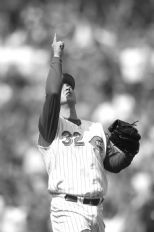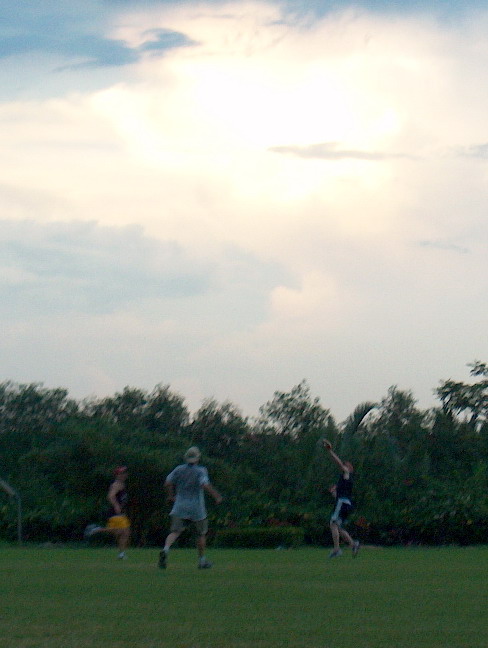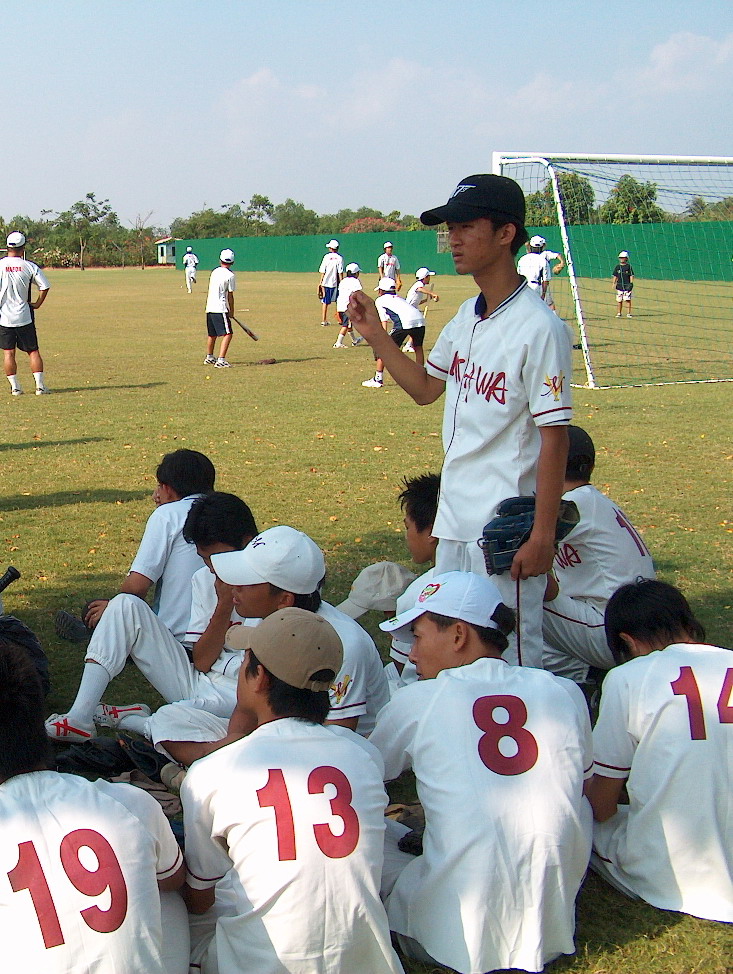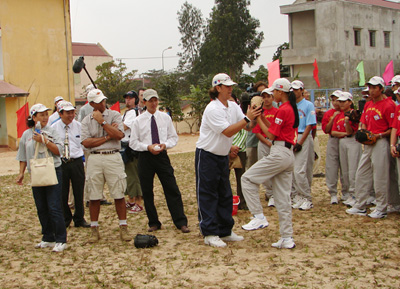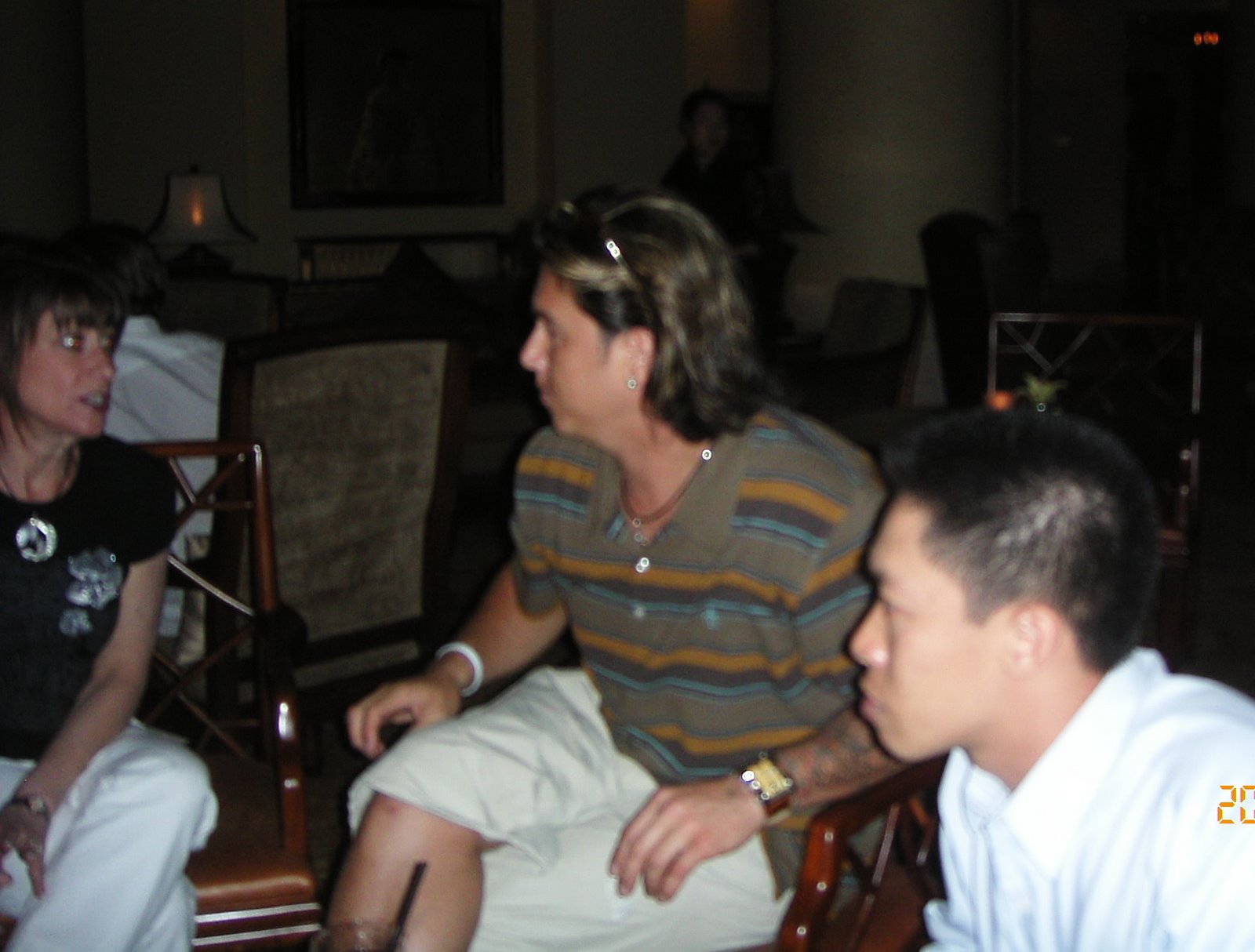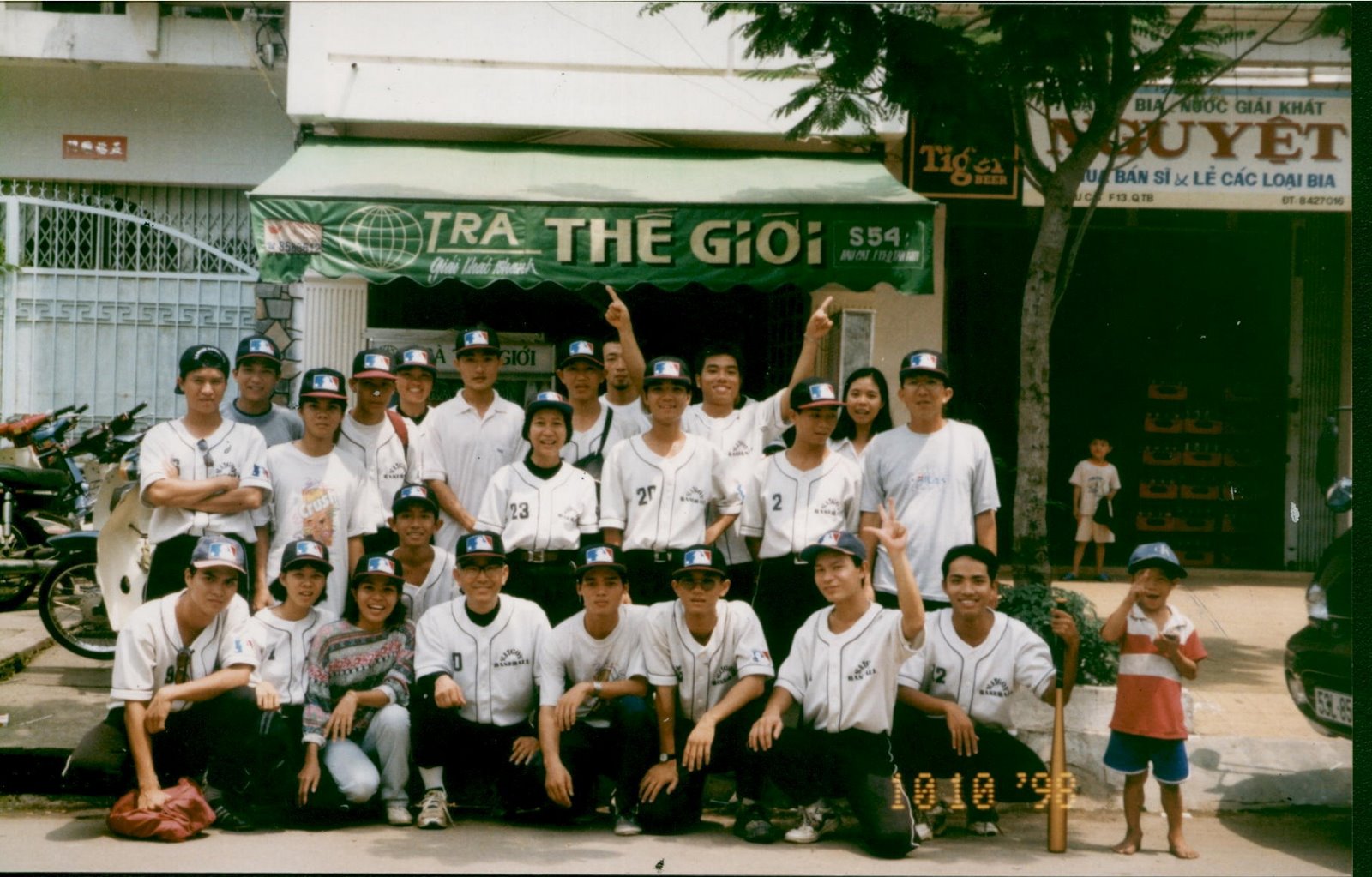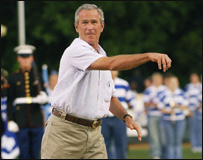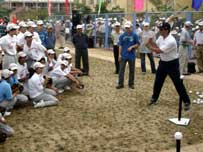HISTORY OF BASEBALL (part III)
Professional baseball players had organized several times in baseball history, but they were never able to make the advances that unions in other industries had won for their members. The Major League Baseball Players Association had been around for more than thirty years, but its sole purpose had been to collect and administer a meager pension. Concerned about getting a piece of growing television revenues, the players sought to strengthen their union in 1965.
They hired Marvin Miller, a veteran labor organizer who had fought for the United Steelworkers union for years. He knew there was more at stake than adding broadcasting money to the pension fund. When Miller came on board and saw what the conditions were, he knew much more was at stake.
For one thing, the minimum salary was $6,000, just a thousand dollars more than it had been in 1947. As he began to collect data, the players were surprised at how poorly they were being paid. This education paved the way for the first collective bargaining agreement in 1968. It provided some modest improvements, but most importantly it gave the players some leverage. For nearly a hundred years, team owners had a “take it or leave it” relationship with players. The union could (and did) file complaints with the National Labor Relations Board when they were treated unfairly. Players also won the right to have their grievances heard before an independent arbitrator.
The owners did not like this. They did not like the union interfering in their business, and they did not like the players standing up to them. Curt Flood, one of the league’s premier centerfielders refused to report to training camp in 1969, demanding that the St. Louis Cardinals offer more than a $5000 raise. They relented, but after an unexceptional season, they traded him to Philadelphia. Flood did not want to go. He had strong ties to the community, and filed a suit against Commissioner Bowie Kuhn. Flood argued that the Reserve Clause was illegal, and that he should be allowed to negotiate freely with other teams. The Supreme Court ultimately ruled against him, but it made a lot of players think.
By 1975, two pitchers decided to challenge the reserve clause again. It said that the teams had the right to renew a players contract for one year. They interpreted that to be recurring, that they could renew it every year. Dave McNally and Andy Messersmith refused to sign their contracts. If the reserve clause bound them for the 1975 season, there was no contract that could be renewed for 1976. An arbitrator upheld their case, and free agency was born.
Players were still bound to a team for the first few years of their career, but after that they could sign with any team. The owners couldn’t contain their excitement at this, and spent the next five years outbidding and outspending each other. The players were happy, because everyone’s salary was going up. But many owners were getting upset. When a player left, they got nothing in return. They argued that a team who lost a player should get something in return for compensation. Otherwise, the money they had invested in that player’s development would be lost. The players argued that this would severely limit their freedom. The two sides couldn’t agree, so in the middle of the 1981 season the players walked out.
There had been a brief player’s strike at the start of the 1972 season, which delayed the start of the season by 13 days. This was much more serious, and little negotiation took place. After fifty days, the owners relented and agreed to a modified compensation plan. In return, players not yet eligible for free-agency could have their salaries decided by an arbitrator. The economic issues was growing more complicated, and the adversarial relationship between owners and players grew more intense.
In 1985, the players struck again. The owners had hoped that salary arbitration would help keep salaries down, but it propelled them through the roof. The owners wanted to change it, the players said no way. After two days, the owners relented and the players came back.
Then the free-agent market suddenly and mysteriously dried up. Following the 1986 season, players in search of contracts found no bidders, and many re-signed with their teams for lower salaries. This continued for the next few years, until an arbitrator ruled that the owners had colluded. The collective bargaining prohibited that action, and the players were awarded damages.
This all set the stage for the worst battle of all. In 1992, the owners forced Commissioner to resign. The labor contract was about to expire, and they didn’t want him to interfere in negotiations. Turns out they didn’t want any negotiations either. Their had been a strike or a lockout every time the collective bargaining agreement expired, and the players didn’t want to go through that again. They started the 1994 season without a contract. The owners were insisting that a salary cap was necessary for teams to survive. They claimed free agency and salary arbitration were wrecking them. No progress was being made, so the players went on strike in August.
The World Series was canceled for the first time in 92 years. Fans across the country were disgusted and heartbroken. President Clinton appointed a mediator, but nothing happened. Finally, the owners decided to unilaterally implement their own plan. They assembled teams of replacement players and set out to start the 1995 season without the “real” players. The players asked for and got a restraining order, prohibiting the teams from implementing their plan and forcing them to work under the terms of the old agreement until a new one was reached.
It took almost two more years for a labor deal to be reached, and it finally happened in November of 1996. While it’s too soon to tell if the deal will address the financial problems that face Major League Baseball, it does offer the hope that fans can start thinking about the game on the field once again. Baseball has fallen behind other American sports in popularity, and it will take a lot of work to regain the prominence it once held in American culture. There is a long, proud history to build on, and baseball will enter its third century with reasons for optimism.

